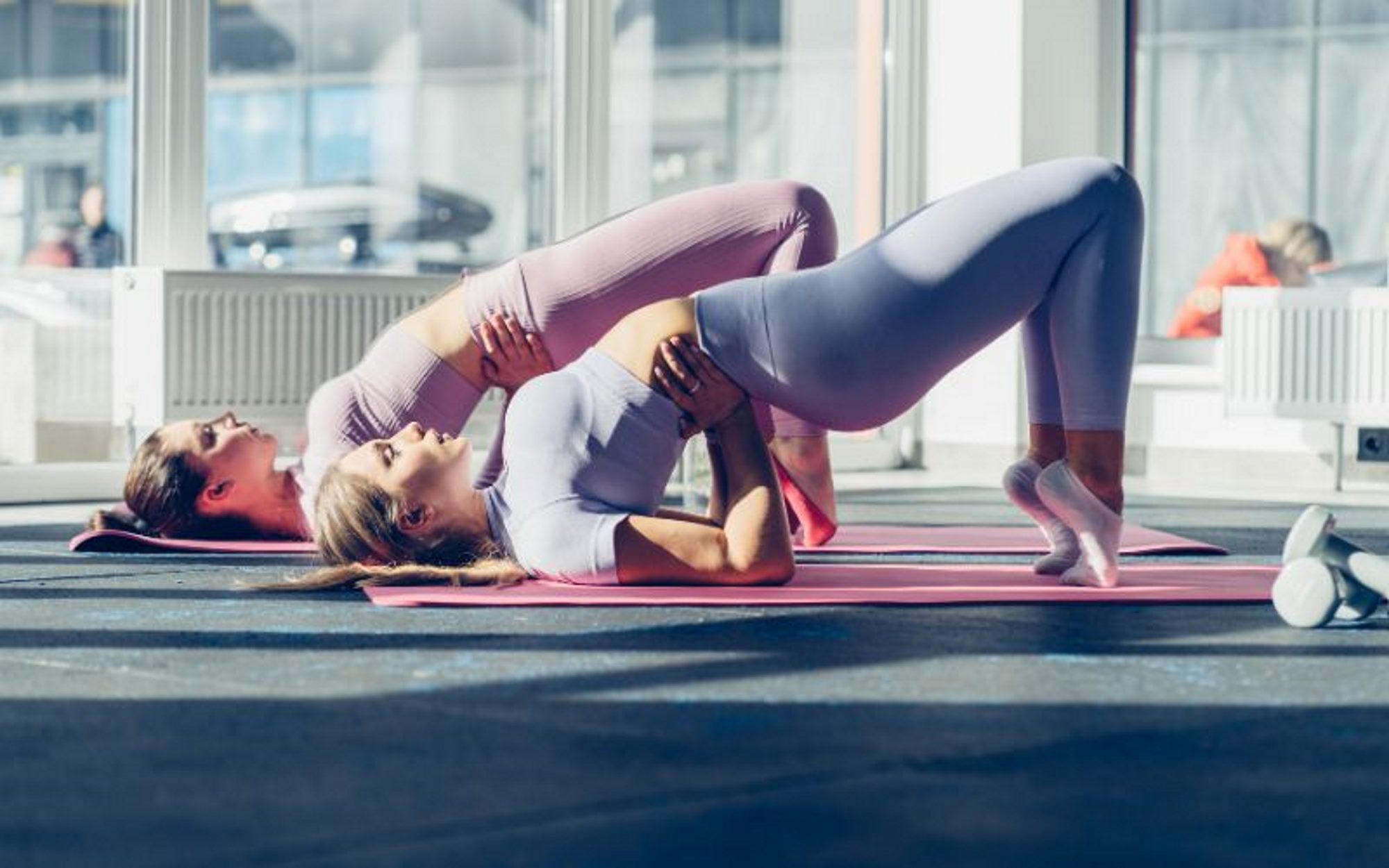
One of the most overlooked muscle groups that many people don’t work on enough is the pelvic floor. These muscles help control a person’s bladder and bowel movements. While there are many causes of incontinence to look out for, the final result for all of them is the same.
Fortunately, it’s possible to strengthen your pelvic muscles to help combat such an issue. All you need to do is figure out which exercises are best for strengthening your pelvic floor, and that’s exactly what we’re here to help you learn today.
Doing Kegel Exercises
The best way to boost the strength of your pelvic floor is to focus on it directly. Kegel exercises are the best way to do this. The difficulty comes with figuring out where your pelvic floor muscles are. A good way to determine this is to try holding your urine the next time you go to the bathroom. Pay attention to the muscles you tighten when doing so. That’s your pelvic floor.
Once you’ve discovered them, practice tightening them when not in the bathroom. While seated or standing up, tighten your pelvic muscles and hold them for about five seconds. Then release for the same amount of time before tightening again. Do this for a set of 10, then repeat the set two more times throughout the day.
Performing a Bridge
Typically, performing a bridge is an exercise people do to strengthen their glutes. However, it also helps build up a person’s pelvic floor. If you’ve never done these before, it’s quite simple. Lie flat on the ground with your knees up at a 90-degree angle. With your feet and arms flat on the floor, push with your heels to raise your hips into the air.
Try holding this for as long as you can without straining yourself. You should mostly feel it in your glutes and hamstrings, but your pelvic floor will strengthen from this position as well.
Holding the Bird Dog
Another pose you can try is the bird dog. It’s a bit more in-depth than the bridge and works more of your muscles, but it’s one of the few that can help your pelvic floor. Start by getting on your hands and knees with your arms and upper legs perpendicular to the floor. Try keeping your back flat while bringing your shoulder blades down towards your hips.
Once you’re in position, lift your right arm and left leg. Hold this position for several seconds, then switch arms and legs. You can keep switching positions if you want, but one time for each is usually enough.
Trying Diaphragmatic Breathing
Finally, to wind down with something less strenuous, try diaphragmatic breathing. To do this, you’ll want to start by lying flat on the floor with one hand on your chest and the other on your stomach. Relax for a few seconds before you begin focusing on your breathing.
Once you begin, breathe in through your nose for two to three seconds and expand your stomach, keeping your chest relatively still. Then, slowly exhale before repeating the process. Not only will this work your pelvic floor muscles, but it’ll also help you feel less stressed.